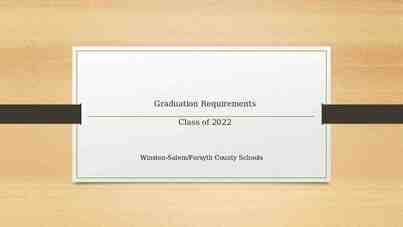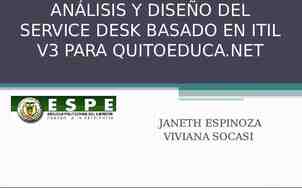Oscillator & Oscilloscope, Hearing Includes Lab 1 and Lab 3
8 Slides60.00 KB
Oscillator & Oscilloscope, Hearing Includes Lab 1 and Lab 3
All student-centered activities Learn about basic devices Required – be able to read the signal properties on the oscilloscope screen After experiment #3 of Lab 1, you can proceed to any experiments in any order Love music? How about Lab 3?
Lab 1: Oscillators & Oscilloscopes The Oscillator 1. Using the Oscillator The Oscilloscope 2. 3. 4. 5. 6. 7. Using the Oscilloscope Measuring Amplitude & Period Pitch and Loudness Wave Shape Interesting Things to Do Lissajous Figures (Optional)
Lab 3: Hearing 1. 2. 3. 4. 5. 6. 7. 8. 9. Loudness & Pitch Frequency Range of Hearing Loudness & Amplitude Pitch Discrimination Beats Difference Tones Loudness Affects Pitch Perception Masking More on Loudness
Sine Wave – Periodic Wave T equilibrium A T Amplitude ( A ): Maximal distance from the equilibrium Period ( T ): Time it takes to complete one oscillation Frequency ( f ): Number of complete oscillations in one second ( 1/T )
Oscillator & f counter Oscillator (V, f ): Generates electrical signal A f TTL LO HI AHI , f Speaker / Headphone Oscilloscope CH 1 ALO , f A ATTL , f Frequency counter: Measures f of electrical signal
Connection between the perception and physical stimuli is an important topic in this course.
Notes to Students Hearing Damage – Could occur by a large output amplitude from function generator. Data and Observation – Record numbers and observations directly as they appear on devices Test Individually – Test of frequency range of hearing is designed to be done individually













